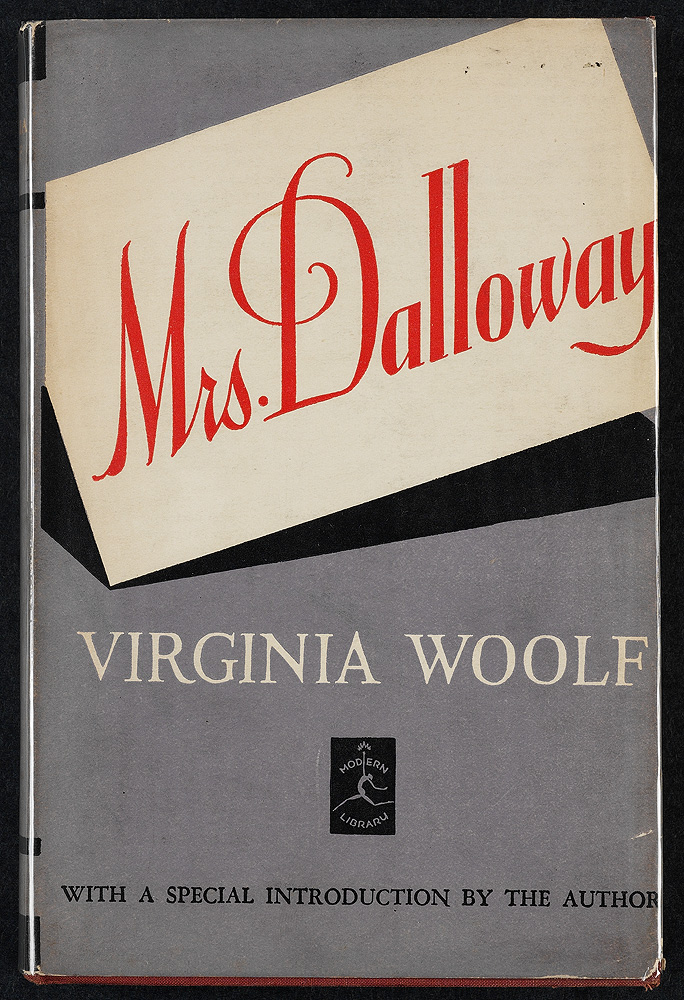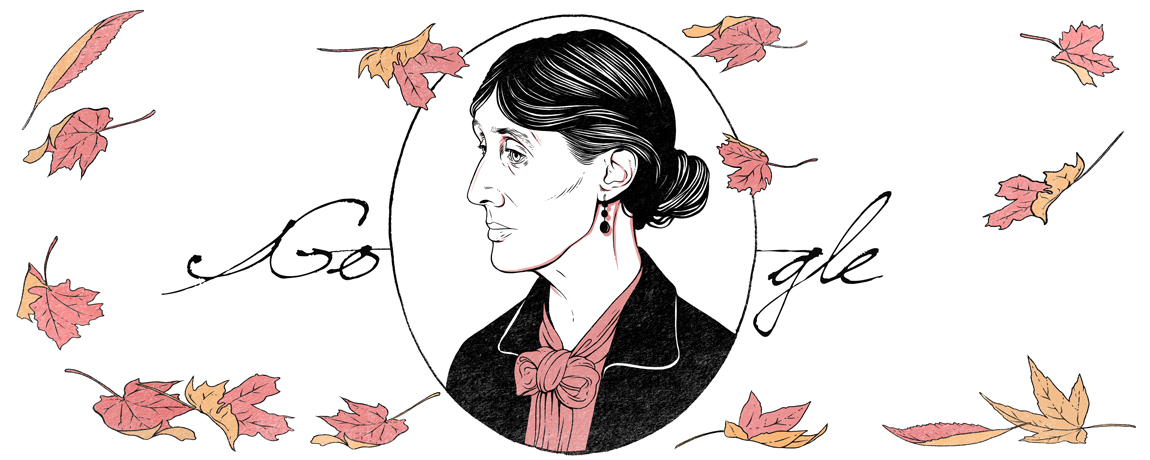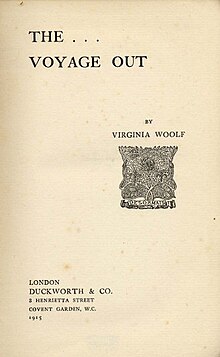Virginia Wolf
credits: George Charles Beresford, August 1902
“I see children running in the garden…The sound of the sea at night… almost forty years of life, all built on that, permeated by that: so much I could never explain."
Virginia Wolf, childhood memories
Virginia Woolf, the English author was a pioneer in the use of powerful stream-of-consciousness narratives approach, harnessing a poetic vision that elevated sometimes mundane settings while examining the complex interior lives of her characters.
A unique literary style that established Woolf as one of modern feminism’s most influential voices.
Virginia Woolf's legacy has endured well beyond her tragic death, with the author's importance coming to the fore with the rise of the feminist movement in the 1970s.
A unique literary style that established Woolf as one of modern feminism’s most influential voices.
Virginia Woolf's legacy has endured well beyond her tragic death, with the author's importance coming to the fore with the rise of the feminist movement in the 1970s.
Mrs. Dalloway
Virginia Wolf
London: Hogarth Press, 1925
“Books are the mirrors of the soul.”
Virginia Woolf, Between the Acts
Woolf’s lyrical writing thrived on the introspection of her characters, revealing the complex emotions underlying seemingly mundane events — how the ringing of the Big Ben evokes the passage of time in Mrs. Dalloway (1925) or a family’s visit to the coast hides deep-seated tensions in To the Lighthouse (1927).
Wolf is revealed for her lyrical writing thrived on the introspection of her characters: Mrs. Dalloway (1925), To The Lighthouse (1927), Orlando A Biography (1928) and A Room of One's Own (1929).
She is credited with popularising the stream-of-consciousness style of prose, giving the English novel a bold, new voice and pushing it beyond the tried-and-tested narrative structures of the Victorian era into fresh and experimental new territory.
She is credited with popularising the stream-of-consciousness style of prose, giving the English novel a bold, new voice and pushing it beyond the tried-and-tested narrative structures of the Victorian era into fresh and experimental new territory.
To celebrate one of the 20th century's foremost novelists, Google dedicated its Doodle on Thursday to Virginia Woolf on the 136th anniversary of her birth.
Created by London-based illustrator Louise Pomeroy, today’s Doodle celebrates Woolf’s minimalist style: her iconic profile surrounded by the falling autumn leaves (a frequent visual theme in her work).
In Woolf’s words: “The autumn trees gleam in the yellow moonlight, in the light of harvest moons, the light which mellows the energy of labor, and smooths the stubble, and brings the wave lapping blue to the shore.”
In Woolf’s words: “The autumn trees gleam in the yellow moonlight, in the light of harvest moons, the light which mellows the energy of labor, and smooths the stubble, and brings the wave lapping blue to the shore.”
Virginia Wolf
credits: Getty Images
- Some biographic notes:
She began writing at an early age, having her first piece published in December 1904, and writing for the Times Literary Supplement from the following year.
To the Lighthouse
Virginia Woolf, 1927
While Woolf grew up surrounded by the London literary scene, it was her childhood memories of visiting the Cornish coast that inspired the settings of the English author's most powerful narratives, including "To the Lighthouse" (1927).
Along with her husband, Leonard Woolf, whom she married in 1912, she became part of the influential group of writers known as the Bloomsbury Group prominent in London during the early 20th century.
After completing the manuscript of her last novel (posthumously published), Between the Acts, Woolf fell into a depression throughout her life and killed herself in 1941, March 28, at the height of the Blitz, wading into the River Ouse in Sussex with stones lining her pockets to ensure she drowned.
Woolf's first novel, The Voyage Out, was published in 1915, and her subsequent writings established her as one of the leading novelists and essayists of her time.
Along with her husband, Leonard Woolf, whom she married in 1912, she became part of the influential group of writers known as the Bloomsbury Group prominent in London during the early 20th century.
Virginia Woolf's suicide letter to her husband
A Room of One’s Own
Virginia Woolf
Novelist, essayist, biographer and critic, Virginia Wolf inspired the play Who's Afraid of Virginia Woolf by Edward Ablee (1962), later adapted to a movie by Mike Nichols (1966) great performances by Elizabeth Taylor and Richard Burton.
Who's Afraid of Virginia Wolf
play by Edward Ablee, 1962
She's also well known for her non-fiction, particularly the book-length essays A Room of One's Own (1929) and Three Guineas (1938). These non-fiction works showcase Woolf’s unflinching feminist perspective by documenting the gendered intellectual stratification and resulting male-dominated power dynamics of the period.
A Room of One’s Own
Virginia Woolf
it was her extended essay A Room of One’s Own (1929) that established her status as one of the most influential voices of feminism. In it, she examined the educational, social and financial disadvantages women have faced throughout history, arguing that:
" a woman must have money and a room of her own if she is to write fiction."
The Voyage Out
Virginia Woolf, 1915
Woolf's first novel, The Voyage Out, was published in 1915, and her subsequent writings established her as one of the leading novelists and essayists of her time.
Virginia Woolf also wrote pioneering essays on artistic theory, literary history, women’s writing, and the politics of power.
She would later be revived as a feminist icon, however, celebrated for her independent example and famous for her dictum :
"A woman must have money and a room of her own if she is to write fiction."
Virginia Woolf portraits
Duncan Grant’s 1911 portrait /Vanessa Bell’s of 1912
- Education:
Growing up is losing some illusions, in order to acquire others.”
Virginia Woolf
My readers know I've a master in Literature and Linguistic. So every time I can, I write about Literature. The love of books inspires me all the time. Great novelists and poets are my passion. I read so many books.
Of course, Virginia Woolf is a novelist included into college studies in Literature. And some texts into high school curricula. Wolf was one of my favorite authors in college.
But there are some books and excerpts of her famous novels that we can include into high school curriculum.
Choosing some books by Virginia Woolf, the British modernist, you can teach students how to understand Narration: description, characters, for example.
I would choose : Mrs. Dalloway; The Voyage Out; Kew Gardens (short story); To the Lighthouse (excerpts) containing childhood emotions.
"Woolf is widely regarded as one of Britain's greatest novelists, whose influence on the literary world continues to be felt to this very day."
Virginia Woolf
Time Magazine
April 12, 1937
Resources:
- Today, thanks to the BBC, we can still hear Virginia Woolf's voice:
Part of a BBC radio broadcast from 1937. Among other things, she discusses the process of writing, the difficulties of finding words for new experiences, and the question of where the meaning of words reside.
British Library : Virginia Wolf
- Film: Mrs. Dalloway
Mrs Dalloway, film by Marleen Gorris (1997) based on the novel by Virginia Wolf, wonderful performed by Oscar winner actress Vanessa Redgrave.
Marleen Gorris, 1997
In 1923 London, socialite Clarissa Dalloway's (Vanessa Redgrave) well-planned party is overshadowed by the return of an old suitor she had known thirty-three years earlier.
- Notebook:
Notebook drafts of Mrs. Dalloway
Virginia Woolf
credits: The British Library
The British Library: Exploring Woolf's notebook drafts of Mrs Dalloway
Virginia Wolf: video below
Ted Ed : Why should you read Virginia Woolf ? watch below
- Bloomsbury University: Teaching Resources containing a great numbers of resources for teachers.
"Fiction is like a spider's web, attached ever so lightly perhaps, but still attached to life at all four corners."
Virginia Woof, A Room of One's Own
G-Souto
25.01.2018
update: 25.01.2022
Copyright © 2022G-Souto'sBlog, gsouto-digitalteacher.blogspot.com®
Literature : Virginia Woolf, the modern feminist novelist : resources by G-Souto is licensed under a Creative Commons Attribution-NonCommercial-NoDerivatives 4.0 International License.












No comments:
Post a Comment